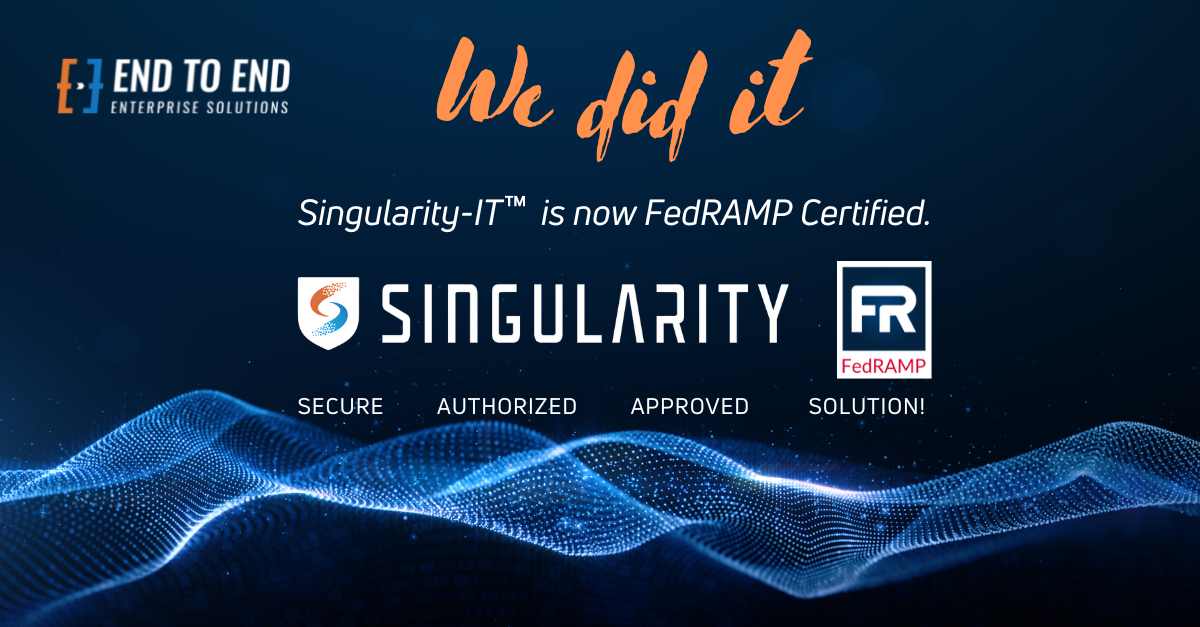Offensive cybersecurity has grown to become a serious threat to public and private sectors. Data breaches have compromised organizations and critical data from small businesses to the federal government. Attackers are sophisticated, and they target every layer of critical applications.
EE Computing has created a DevSecOps process for developers to protect their cloud applications at every stage of the development process. Starting at the development environment, the process assesses vulnerabilities at several levels:
Code quality, source code unit testing, compiled container security, and web application security.
How does it work?
The DevSecOps service is designed to ensure security during the development process.
The process begins in the development environment. Here the developers build the source code for their application and push it to their online code repository. After the code has been committed, the security assessment process begins.
The code is sent from the online repository to a Static Application Security Testing (SAST) provider to assess code quality. This step utilizes SAST to ensure quality code using the default library. This step makes the most of popular open source tools.
After passing code quality checks, each unit of source code is tested for unit testing with proprietary testing tools. The code is then sent to a container testing tool. This step involves scanning for vulnerabilities when compiled as an executable container.
The code is then sent to image registry to build the image, and the image is deployed as a web application through cloud container services. Finally, the application is sent back to Dynamic Application Security Testing (DAST) to scan for vulnerabilities at the web application level.
Airtight information security through rigorous testing
Each step is designed to eliminate vulnerabilities from multiple angles. Our detailed pipeline can help you to understand how the process protects your application. Let’s take a closer look at each step of the rigorous testing process.
The SAST tests are designed to automatically detect dangerous flaws in your developer’s source code. This occurs after your developers have committed new code, built the docker image, and requested quality analysis. What’s unique about this step is that it builds and analyzes your code to produce a detailed and easy-to-read test report.
If the code does not pass quality control, deployment is halted and a report tells you exactly what went wrong. Otherwise, the code is immediately sent to unit testing. We use open source testing tools that analyze each unit of source code designed for your application’s framework.
If the code does not pass unit testing, deployment is again halted and a report is produced for review. Otherwise, the container is sent to container security testing. This is to ensure that everything is secure and running smoothly when your code has been packaged for deployment.
If the container does not pass container security testing, the final test halts deployment and produces a report for review. Otherwise, the container is successfully deployed to the cloud and a successful deployment report is produced.
Cutting edge protection through proprietary and open-source software
What makes our DevSecOps process unique is the combination of proprietary and open-source tools to cover every avenue of potential attack.
We use advanced open-source testing tools for information security, and community development promotes strength through collaboration. These programs are flexible, low-cost, and can continuously evolve regardless of the market conditions. Open-source software has been behind many high profile data breaches, but it can also be used to prevent the same attacks.
We also use proprietary security software with great reputations in cloud security. Combining proprietary container security testing with open source SAST and unit testing means you get the best of both worlds for comprehensive development security.
Additionally, the proprietary nature of IDE, cloud service, and image registry means that security is a reliable aspect of their bottom line. We can adapt a variety of tools to your DevSecOps solution and tailor the process to your needs.
Some developers may use one or two of these services to try and protect their applications, but EE Computing uses a gauntlet of several security tools to build maximum protection for your application.
What results can you expect from the process?
With EE Computing, you can expect the highest quality in development security from source code assessment to your web application’s full deployment.
Our DevSecOps process has you covered every step of the way, and it will give you detailed information to fix any security holes before your application is live.
As cybersecurity threats become more advanced, organizations are seeking to secure their development in a way that is straightforward, automated, and rigorous. You can trust that your application is protected with our process.
Whether you are a small business or a large government operation, development security is crucial to protect your data and your clients. Good development security protects your information and prevents attackers from taking control of your application.





